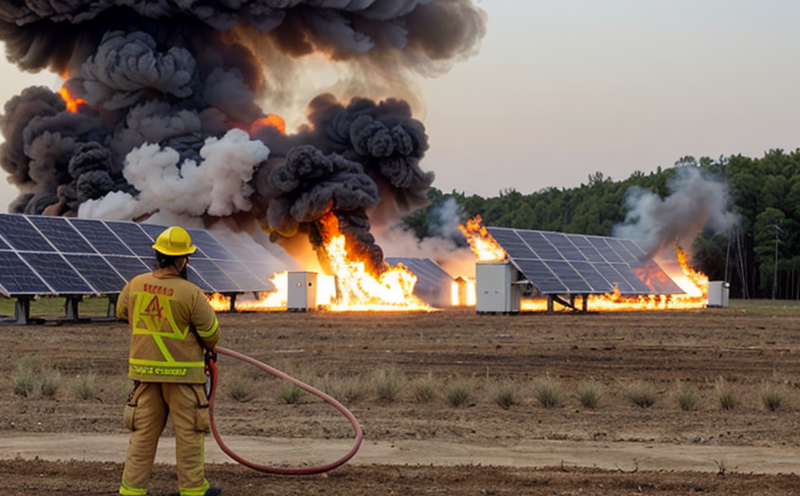
-
Fire Safety and Prevention Standards-
Fire Safety and Sustainability-
Designing Fire Protection for Renewable Energy Installations
We provide comprehensive solutions designed to help our clients mitigate risks, enhance performance, and excel in key areas such as quality, health & safety, environmental sustainability, and social responsibility.
Discover
For many years, our organization has been operating successfully, boasting modern laboratories that meet international standards. These laboratories are equipped with the latest technology devices and equipment, and we have built a strong team of experienced and trained personnel to operate them.
DiscoverWelcome to Eurolab, your partner in pioneering solutions that encompass every facet of life. We are committed to delivering comprehensive Assurance, Testing, Inspection, and Certification services, empowering our global clientele with the ultimate confidence in their products and processes.
Discover
-
Fire Safety and Prevention Standards-
Fire Safety and Sustainability-
Designing Fire Protection for Renewable Energy InstallationsDesigning Fire Protection for Renewable Energy Installations
The growth of renewable energy installations has led to a surge in demand for fire protection systems that can safely manage fires in these unique facilities. As solar panels, wind turbines, and other types of renewable energy equipment become increasingly prevalent, its essential for designers and engineers to consider the specific fire hazards associated with each installation type. In this article, well explore the key considerations for designing effective fire protection systems for renewable energy installations.
Understanding Fire Hazards in Renewable Energy Installations
Renewable energy installations can pose unique fire hazards due to the presence of electrical equipment, fuels, and other combustible materials. For example:
Key Factors to Consider:
Panel design and materials
Installation location (e.g., rooftop, ground-mounted)
Weather conditions (e.g., high temperatures, humidity)
Maintenance and inspection schedules
Emergency shutdown procedures
Key Factors to Consider:
Lubricant and fluid storage and handling practices
Electrical system design and maintenance
Insulation and cooling system functionality
Access for inspection and maintenance
When designing fire protection systems for renewable energy installations, its essential to consider these unique hazards and take steps to mitigate the risk of fires.
Designing Effective Fire Protection Systems
A well-designed fire protection system can help prevent or minimize damage in the event of a fire. Here are some key considerations:
Key Factors to Consider:
Detection device placement (e.g., smoke detectors, heat sensors)
Alarm notification protocols (e.g., sirens, messaging systems)
Integration with other safety systems (e.g., emergency shutdown, fire suppression)
Key Factors to Consider:
Suppression agent selection (e.g., water, foam, gas)
Agent delivery systems (e.g., sprinkler heads, nozzles)
System design and testing procedures
Maintenance and inspection schedules
When designing a fire protection system for a renewable energy installation, its essential to consider the unique hazards associated with each installation type. By taking these factors into account, designers can create effective systems that mitigate the risk of fires and protect people and equipment.
QA Section
1. What are some common fire hazards in solar panel installations?
Manufacturing defects
Lightning strikes
High temperatures and humidity
Maintenance and inspection schedules
2. How can designers minimize the risk of wind turbine fires?
Lubricant and fluid storage and handling practices
Electrical system design and maintenance
Insulation and cooling system functionality
3. What are some key factors to consider when designing a detection and alarm system for renewable energy installations?
Detection device placement (e.g., smoke detectors, heat sensors)
Alarm notification protocols (e.g., sirens, messaging systems)
Integration with other safety systems (e.g., emergency shutdown, fire suppression)
4. What are some common suppression agents used in renewable energy installations?
Water
Foam
Gas
5. How often should maintenance and inspections be performed on fire protection systems in renewable energy installations?
Regularly scheduled maintenance (e.g., monthly, quarterly)
Annual inspections and testing procedures
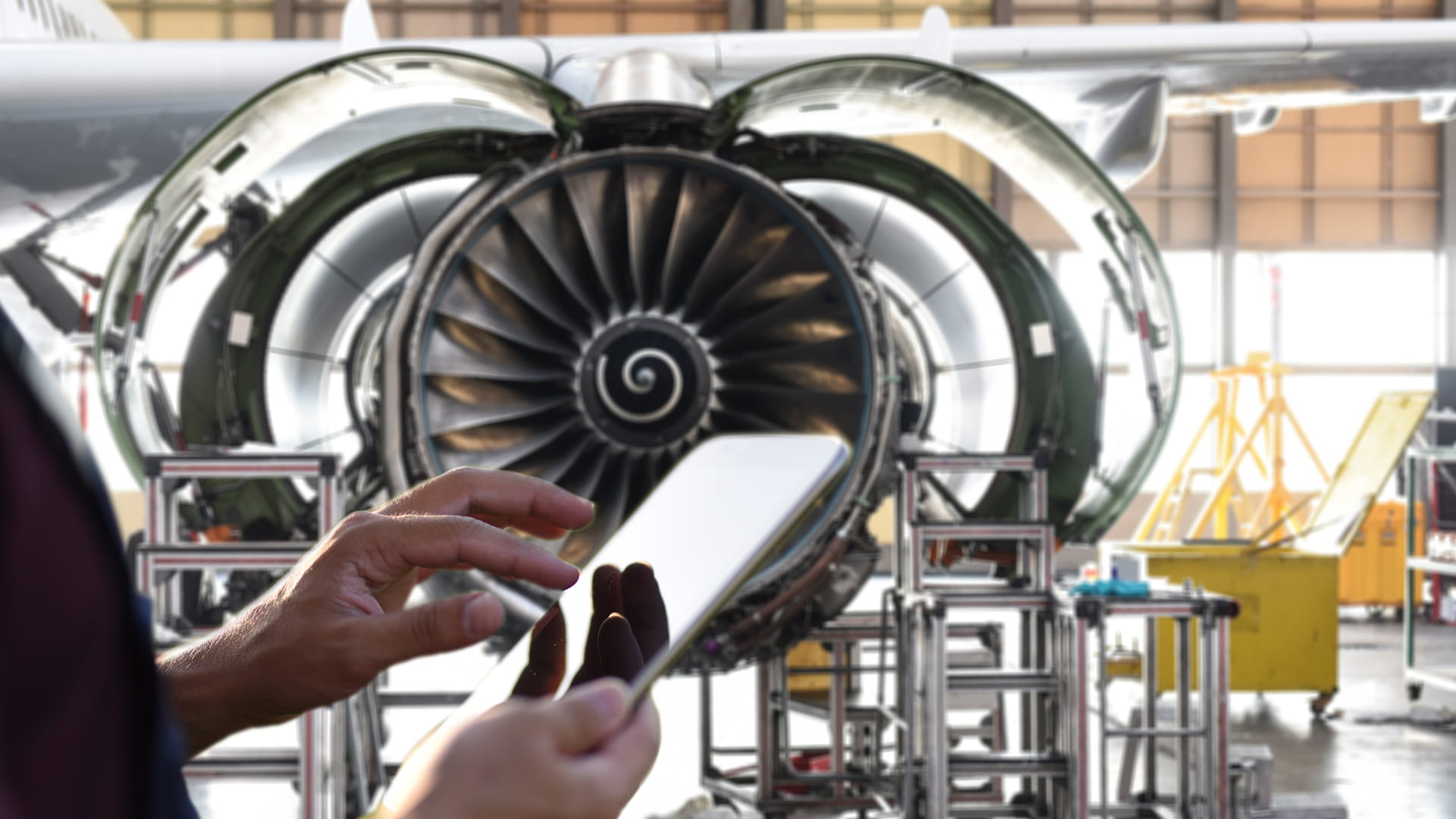
Aviation and Aerospace Testing
Aviation and Aerospace Testing: Ensuring Safety and Efficiency The aviation and aerospace industr...
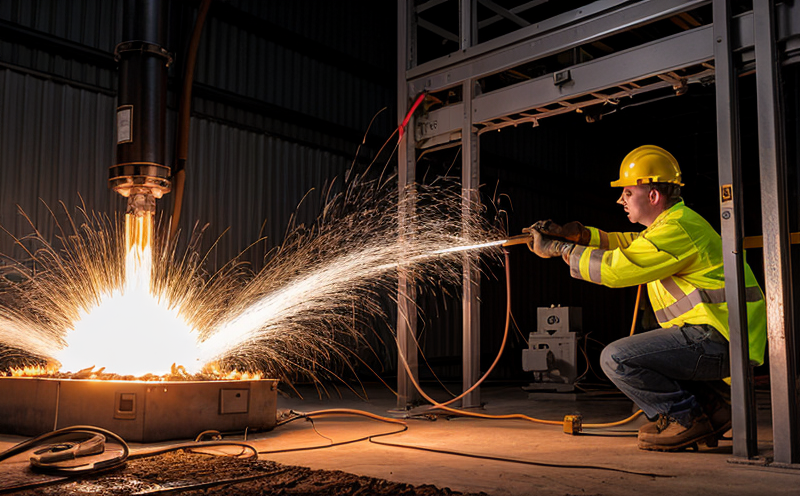
Electromechanical Safety Certification
Electromechanical Safety Certification: Ensuring Compliance and Protecting Lives In todays intercon...
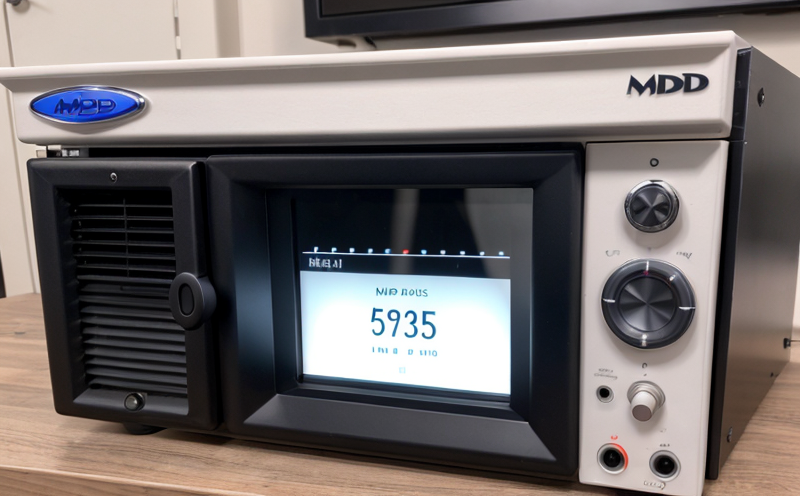
MDR Testing and Compliance
MDR Testing and Compliance: A Comprehensive Guide The Medical Device Regulation (MDR) is a comprehe...
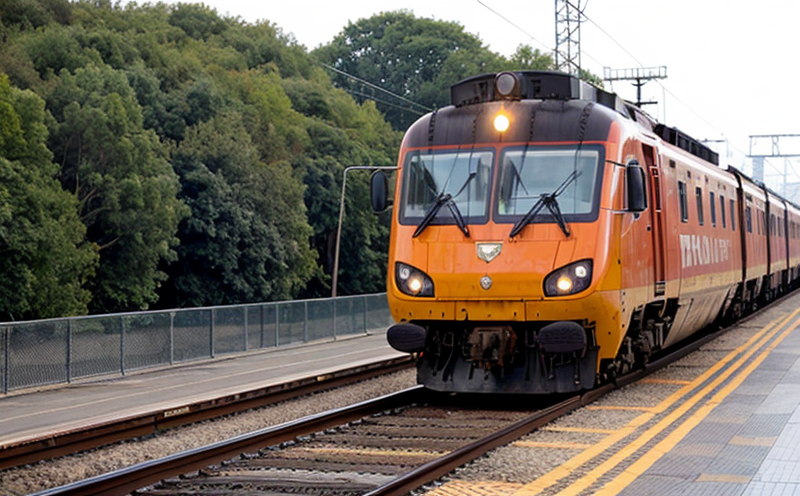
Railway Industry Compliance
Railway Industry Compliance: Ensuring Safety and Efficiency The railway industry is a critical comp...
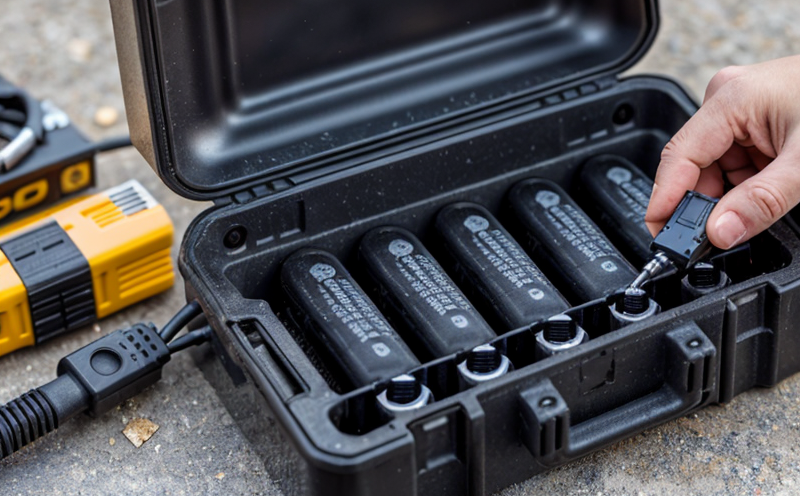
Battery Testing and Safety
Battery Testing and Safety: A Comprehensive Guide As technology continues to advance, battery-power...
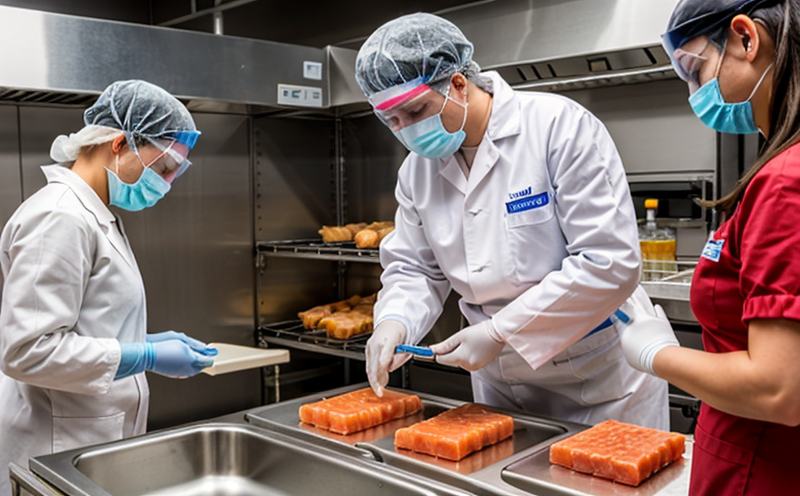
Food Safety and Testing
Food Safety and Testing: Ensuring the Quality of Our Food As consumers, we expect our food to be sa...

Pharmaceutical Compliance
Pharmaceutical compliance refers to the adherence of pharmaceutical companies and organizations to l...
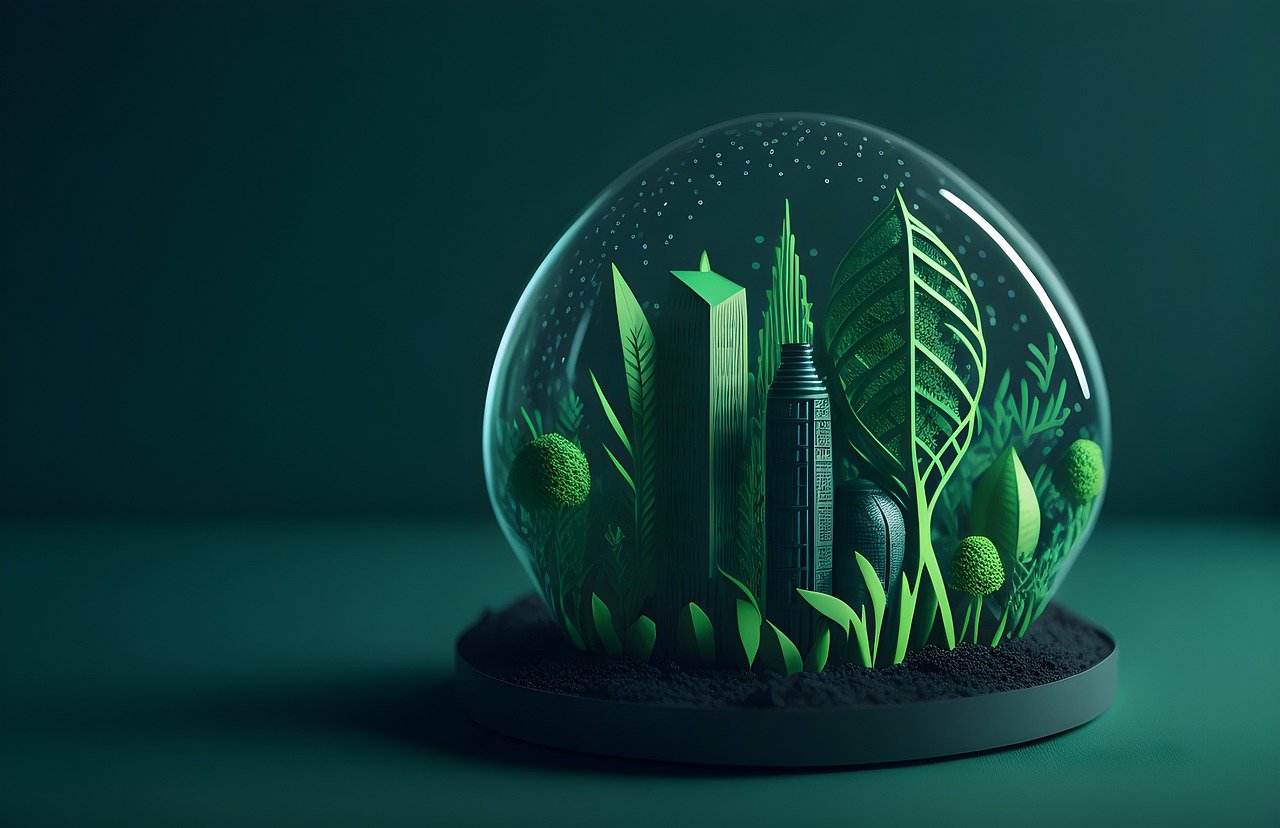
Energy and Sustainability Standards
In today’s rapidly evolving world, businesses face increasing pressure to meet global energy a...
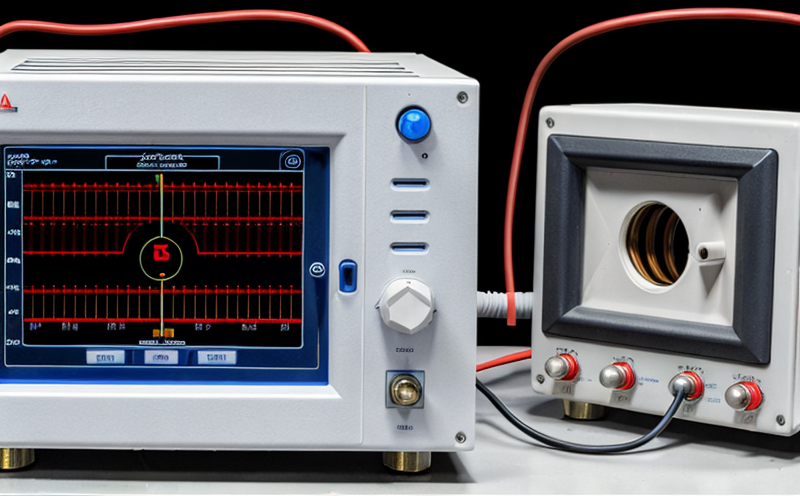
Electrical and Electromagnetic Testing
Electrical and Electromagnetic Testing: A Comprehensive Guide Introduction Electrical and electrom...
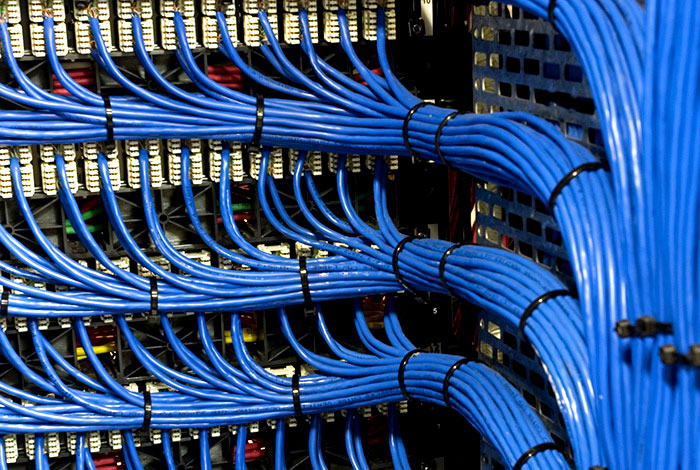
NEBS and Telecommunication Standards
Network Equipment Building System (NEBS) and Telecommunication Standards The Network Equipment Bu...
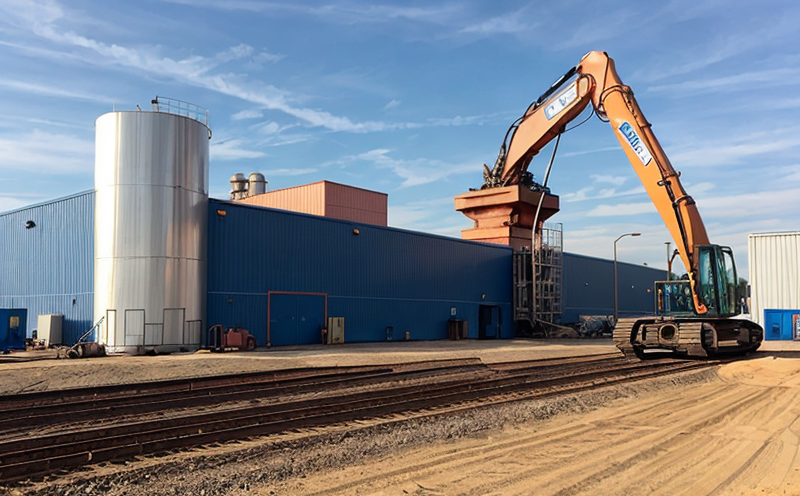
Industrial Equipment Certification
Industrial equipment certification is a critical process that ensures industrial equipment meets spe...
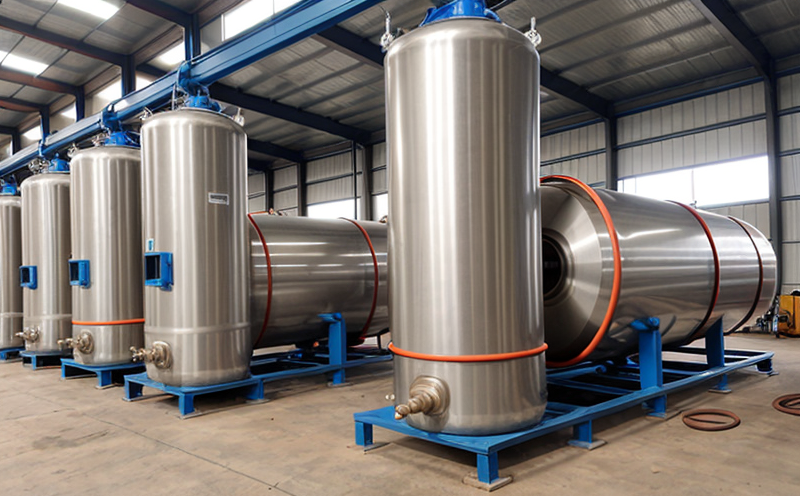
Pressure Vessels and Installations Testing
Pressure Vessels and Installations Testing Pressure vessels are a critical component of various ind...

Hospitality and Tourism Certification
Hospitality and Tourism Certification: Unlocking Opportunities in the Industry The hospitality and ...
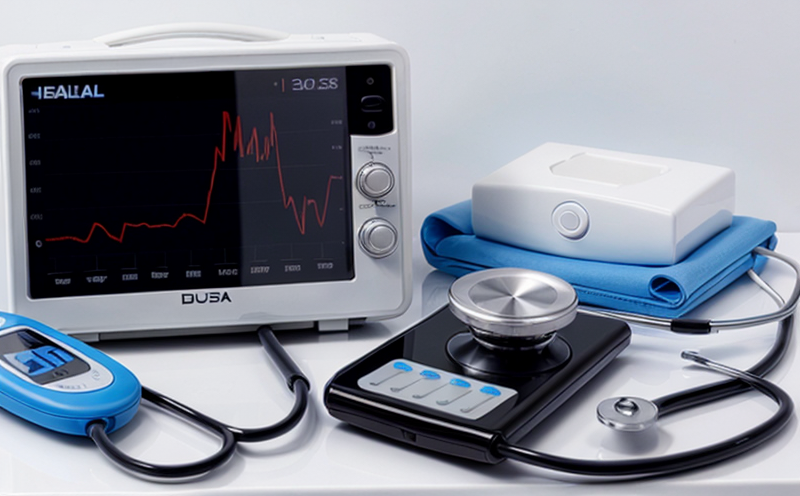
Healthcare and Medical Devices
The Evolution of Healthcare and Medical Devices: Trends, Innovations, and Challenges The healthcare...
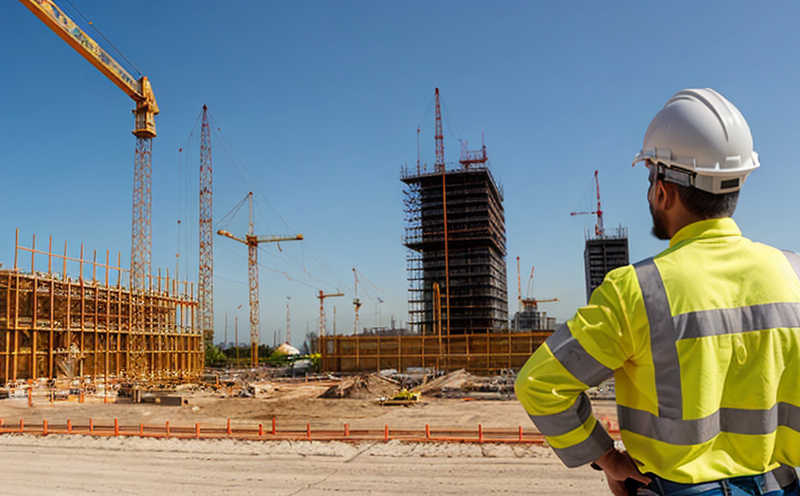
Construction and Engineering Compliance
Construction and Engineering Compliance: Ensuring Safety, Quality, and Regulatory Adherence In the ...

Cosmetic Product Testing
The Complex World of Cosmetic Product Testing The cosmetics industry is a multi-billion-dollar ma...
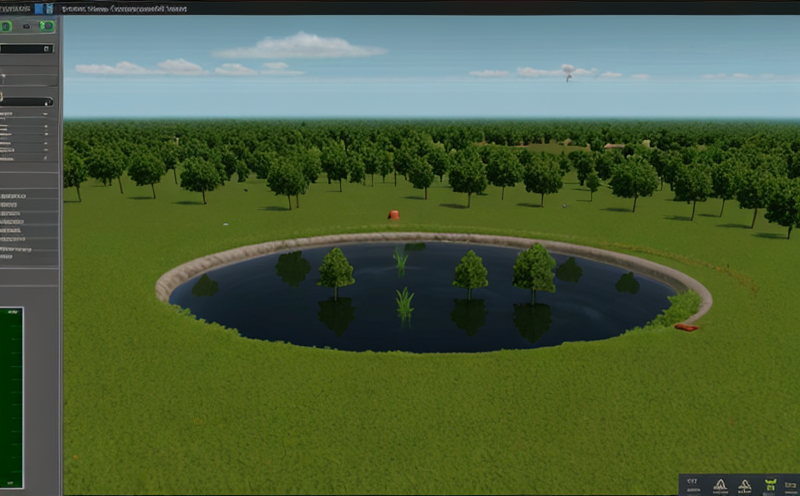
Environmental Simulation Testing
Environmental Simulation Testing: A Comprehensive Guide In todays world, where technology is rapidl...
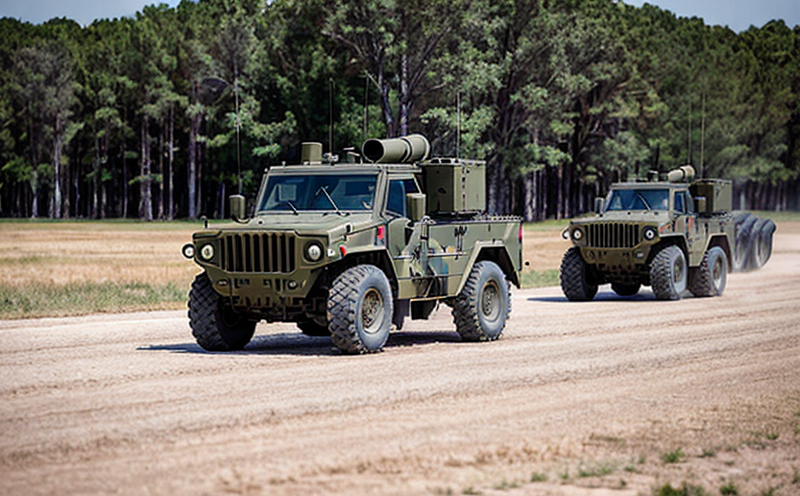
Military Equipment Standards
Military Equipment Standards: Ensuring Effectiveness and Safety The use of military equipment is a ...

Trade and Government Regulations
Trade and government regulations play a vital role in shaping the global economy. These regulations ...
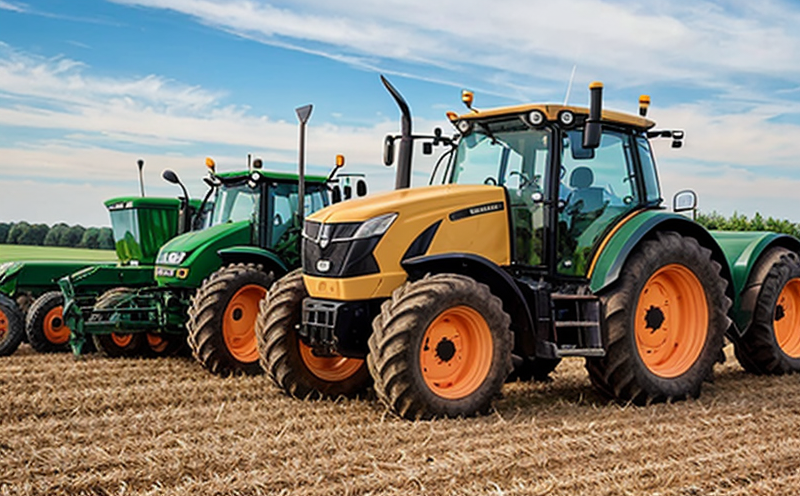
Agricultural Equipment Certification
Agricultural equipment certification is a process that ensures agricultural machinery meets specific...
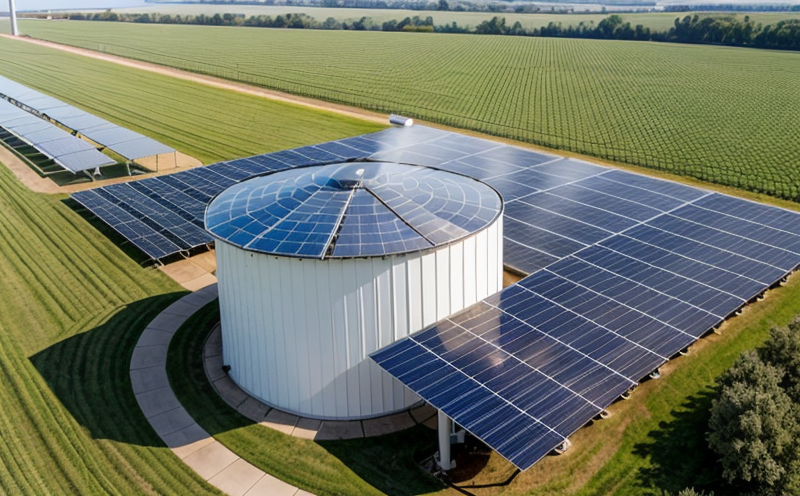
Renewable Energy Testing and Standards
Renewable Energy Testing and Standards: Ensuring a Sustainable Future The world is rapidly transiti...
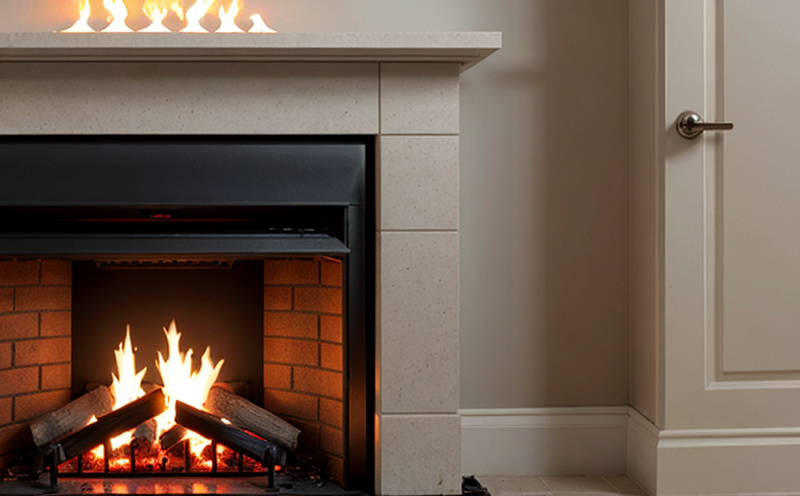
Fire Safety and Prevention Standards
Fire Safety and Prevention Standards: Protecting Lives and Property Fire safety and prevention stan...
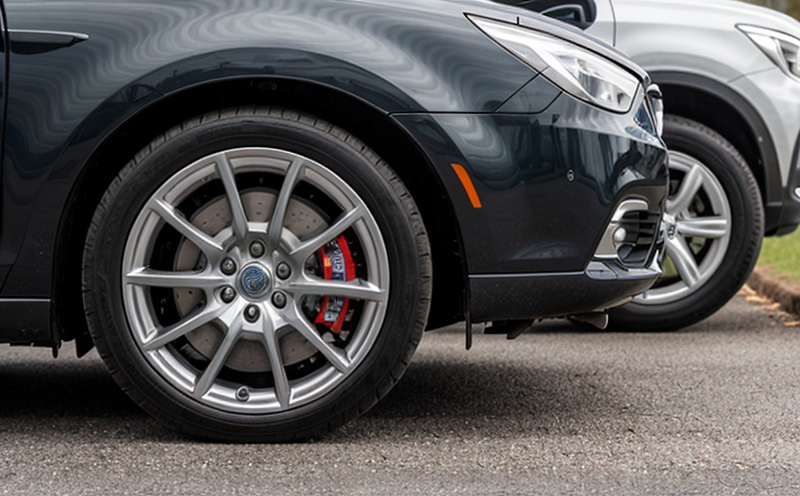
Automotive Compliance and Certification
Automotive Compliance and Certification: Ensuring Safety and Efficiency The automotive industry is ...
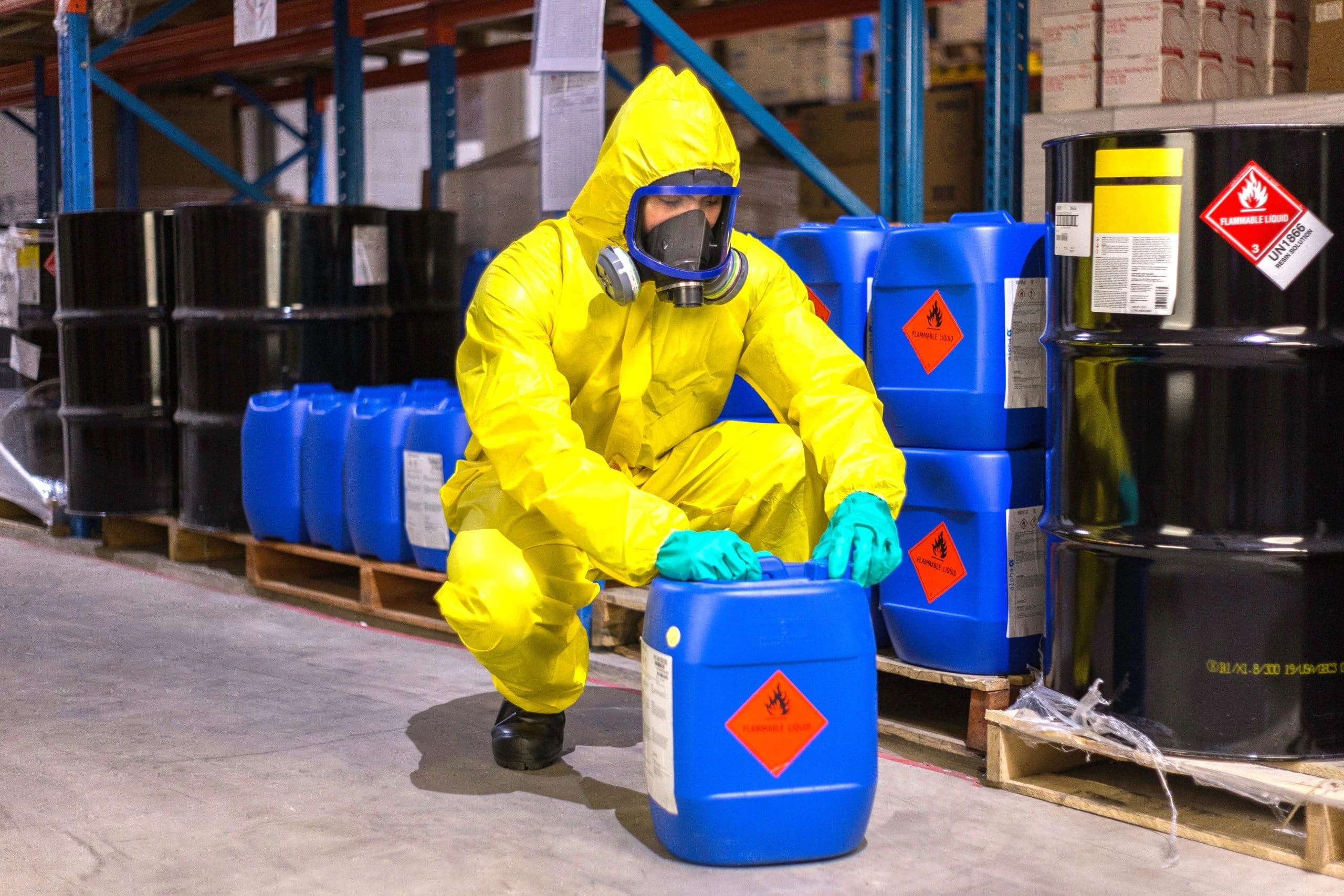
Chemical Safety and Certification
Chemical safety and certification are critical in ensuring the safe management of products and proce...
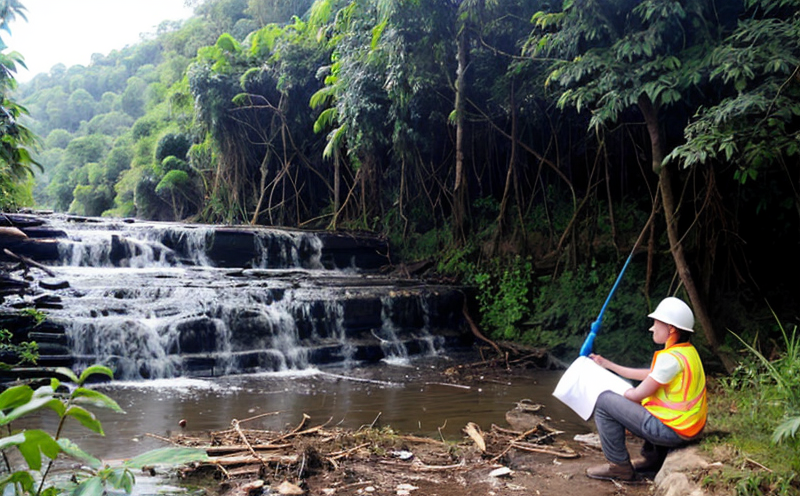
Environmental Impact Assessment
Environmental Impact Assessment: A Comprehensive Guide Environmental Impact Assessment (EIA) is a c...
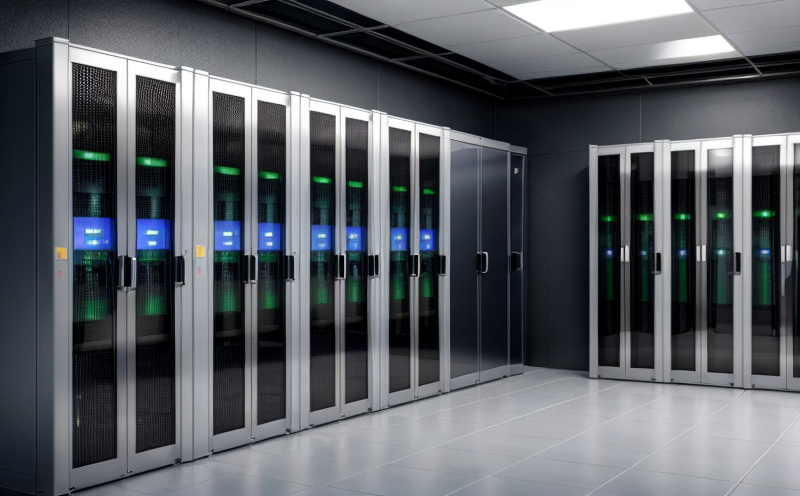
IT and Data Center Certification
IT and Data Center Certification: Understanding the Importance and Benefits The field of Informatio...
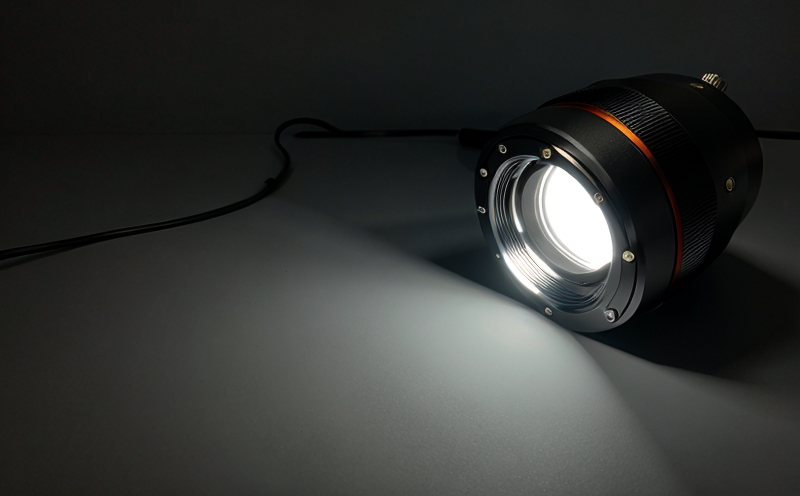
Lighting and Optical Device Testing
Lighting and Optical Device Testing: Ensuring Performance and Safety Lighting and optical devices a...
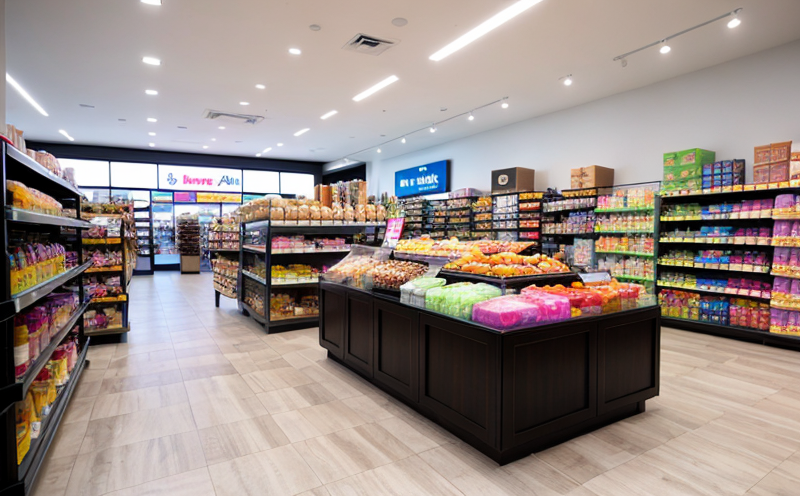
Product and Retail Standards
Product and Retail Standards: Ensuring Quality and Safety for Consumers In todays competitive marke...

Consumer Product Safety
Consumer Product Safety: Protecting Consumers from Harmful Products As a consumer, you have the rig...
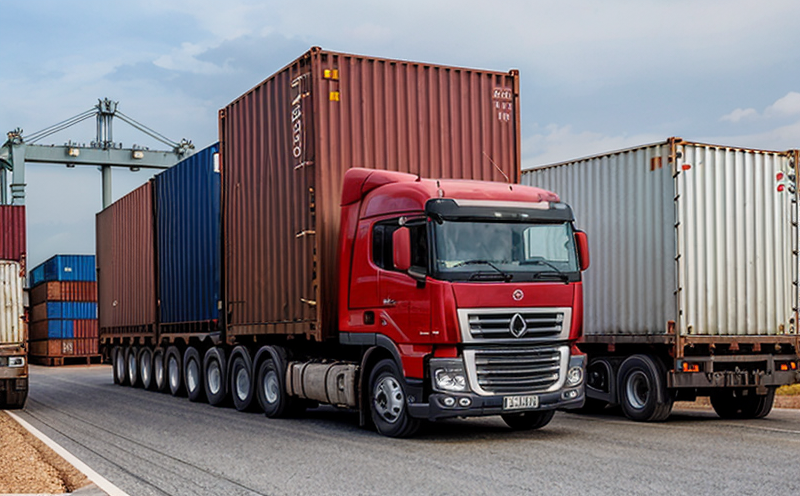
Transportation and Logistics Certification
Transportation and Logistics Certification: A Comprehensive Guide The transportation and logistics ...